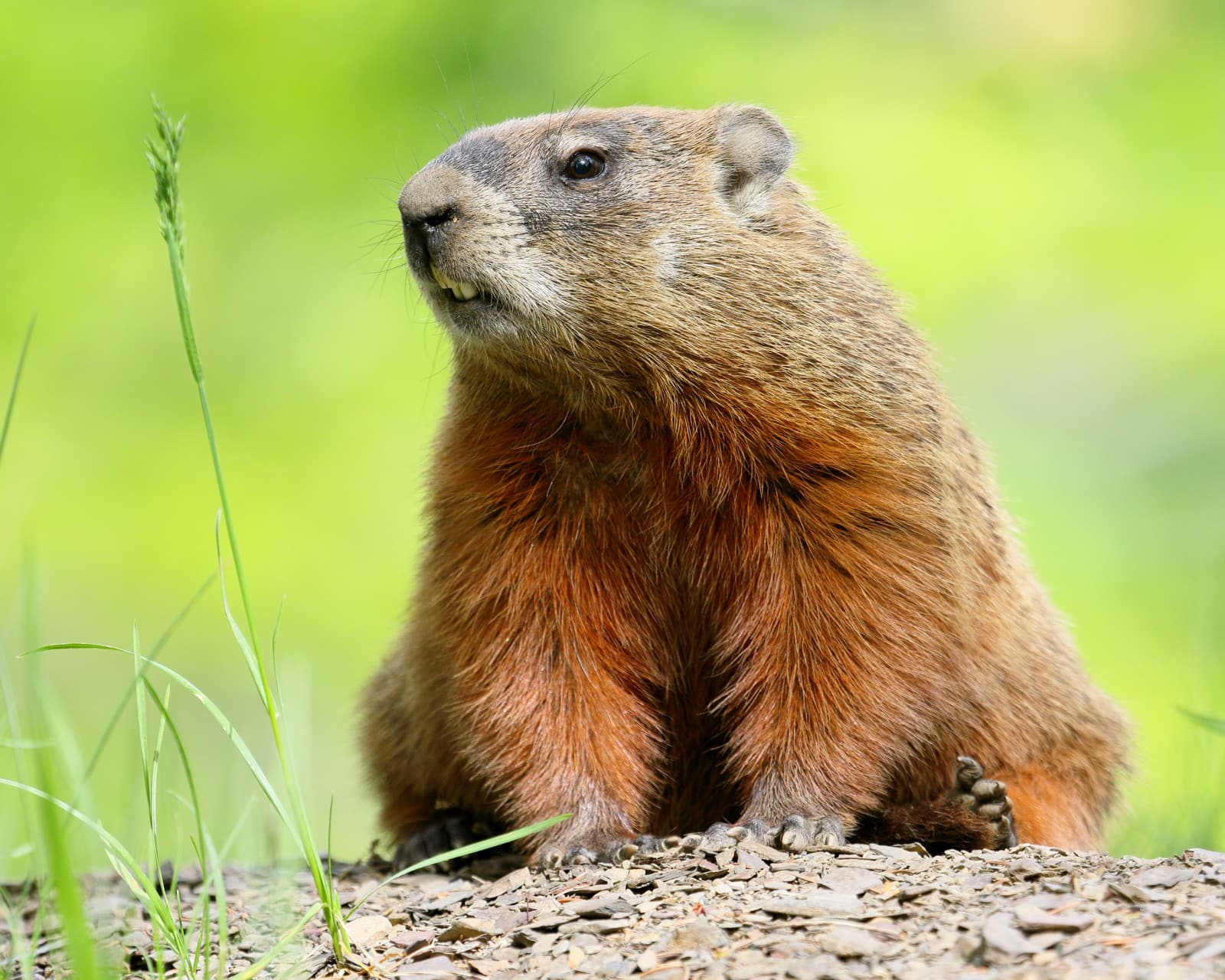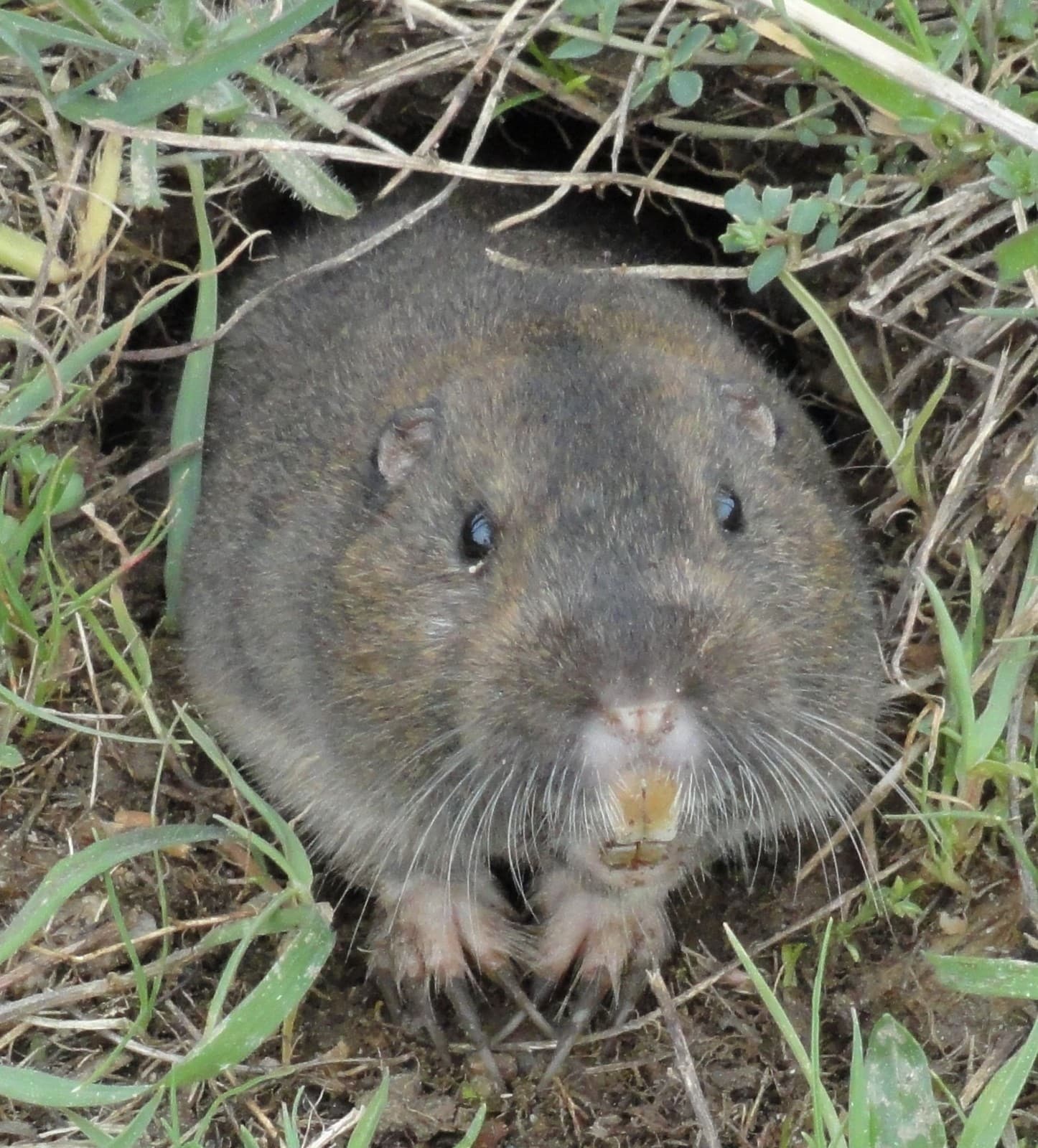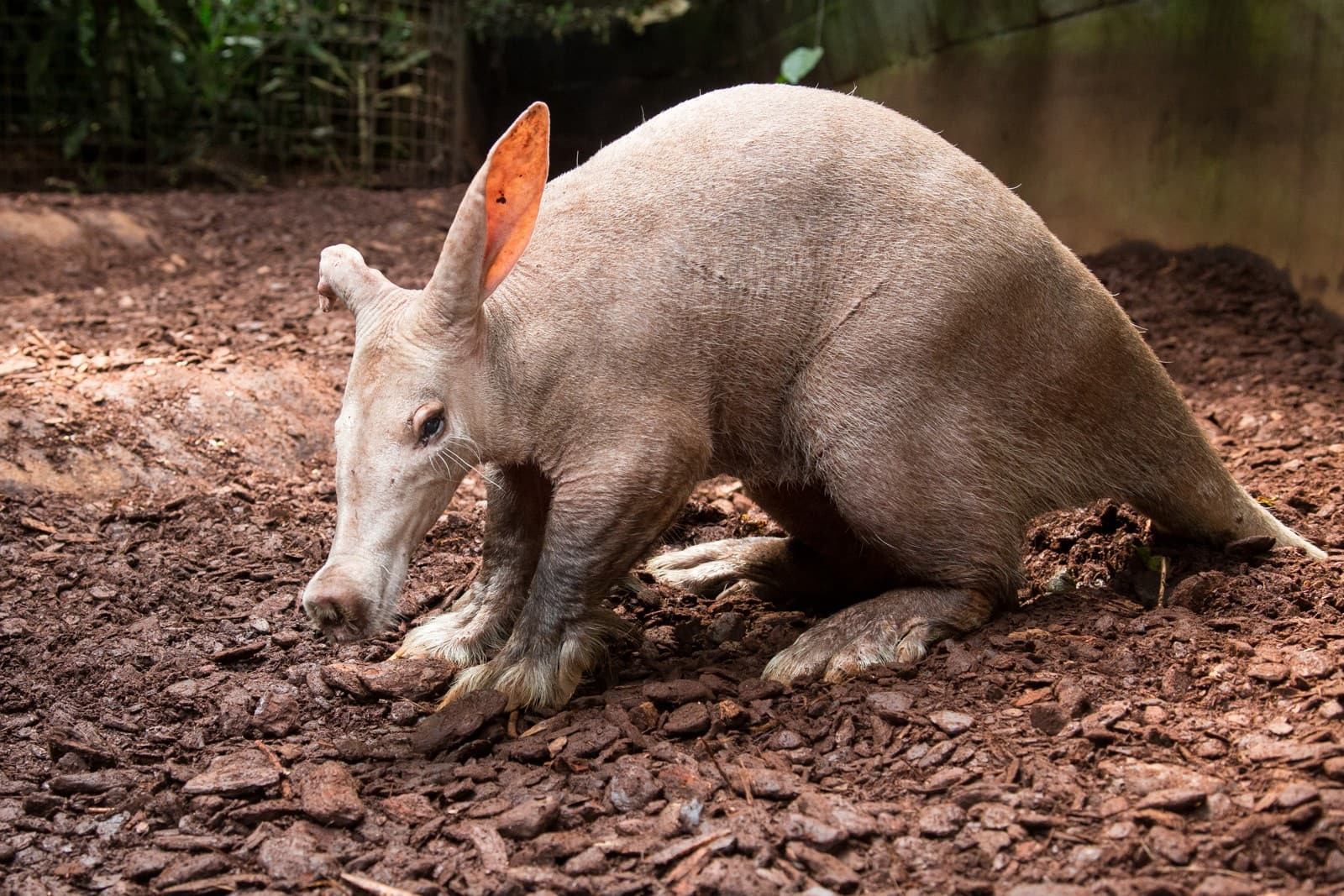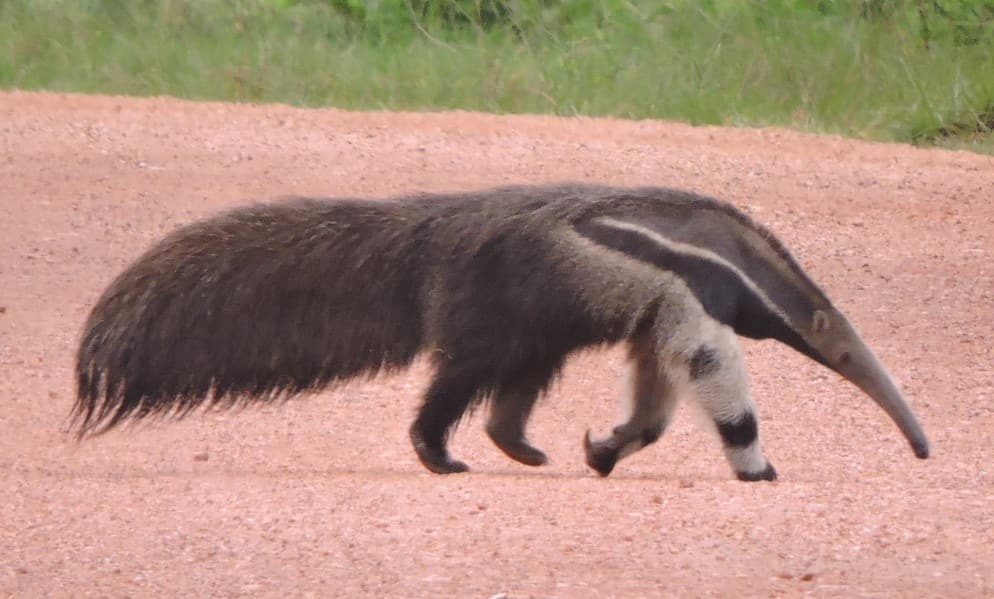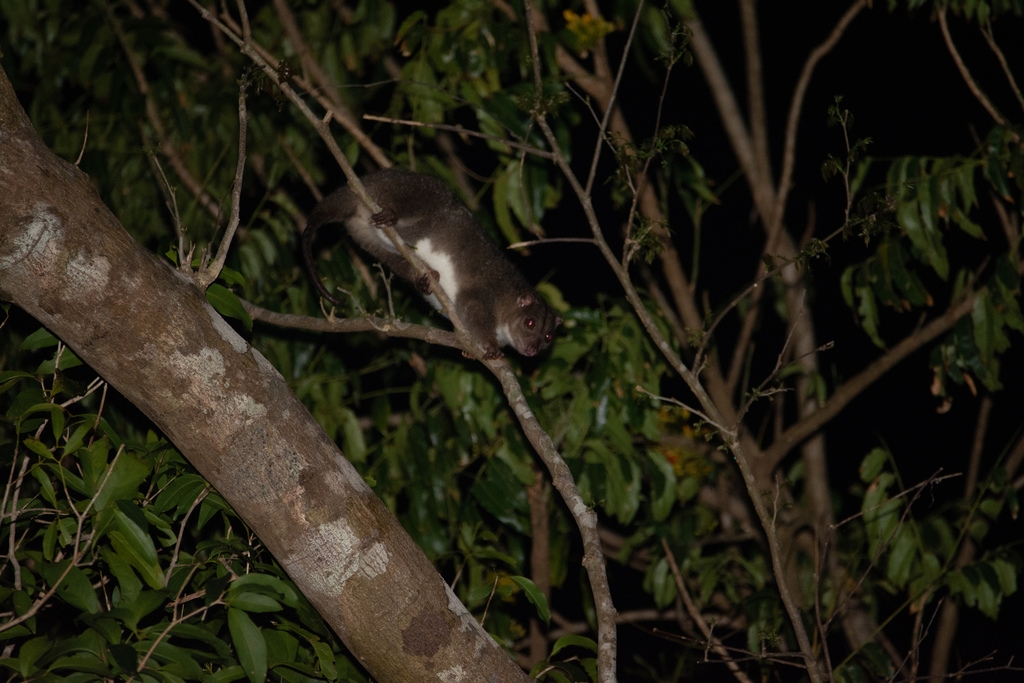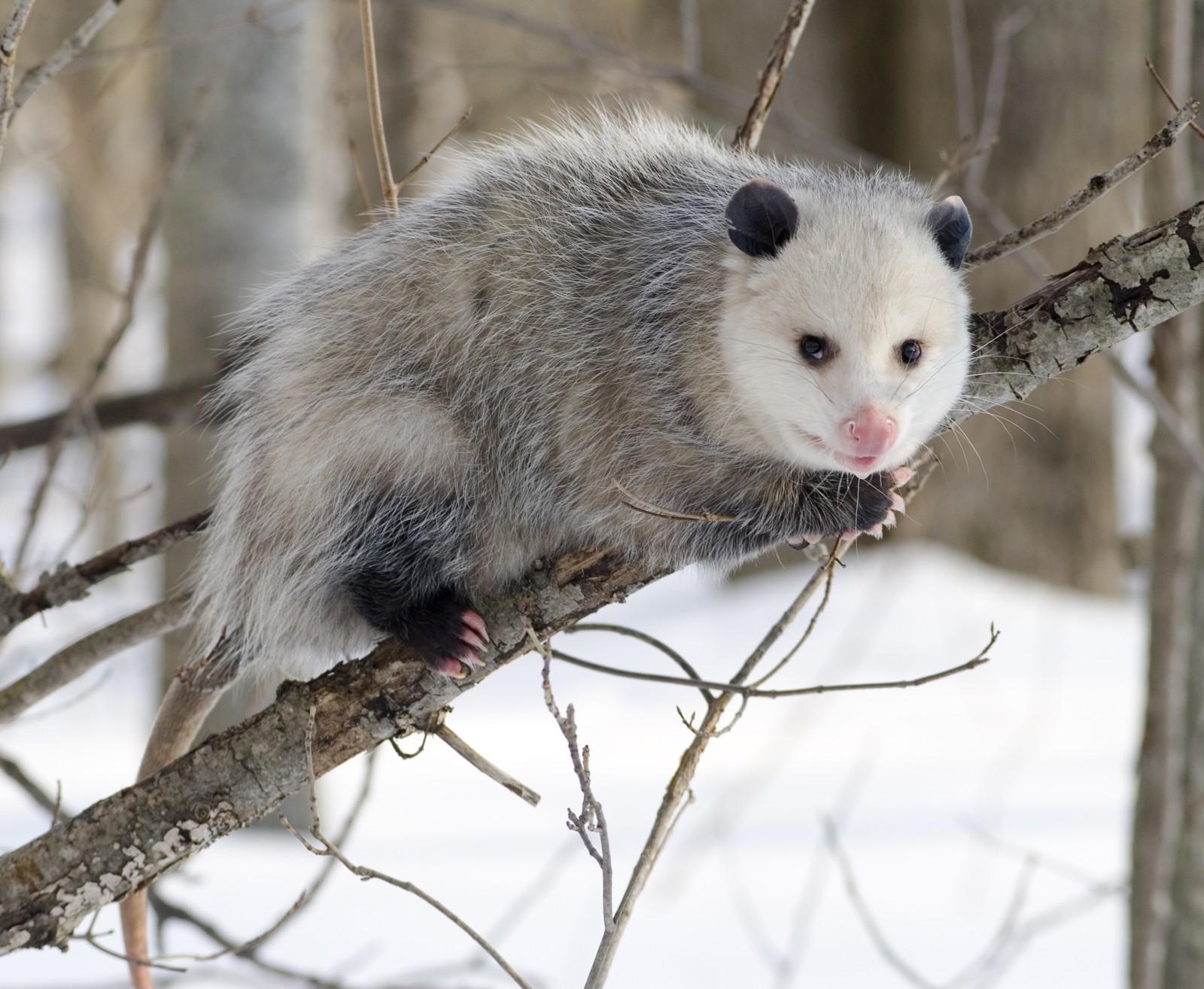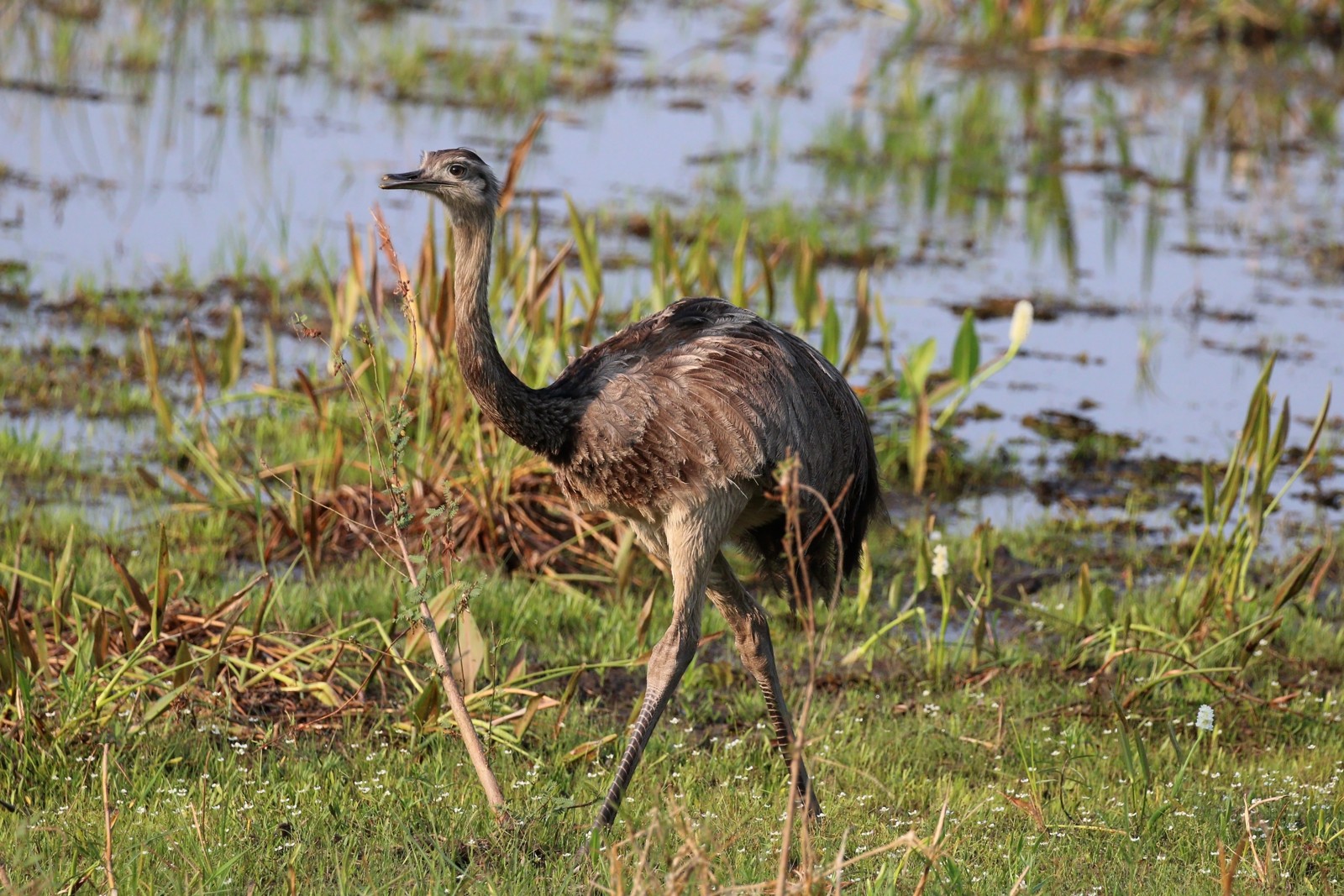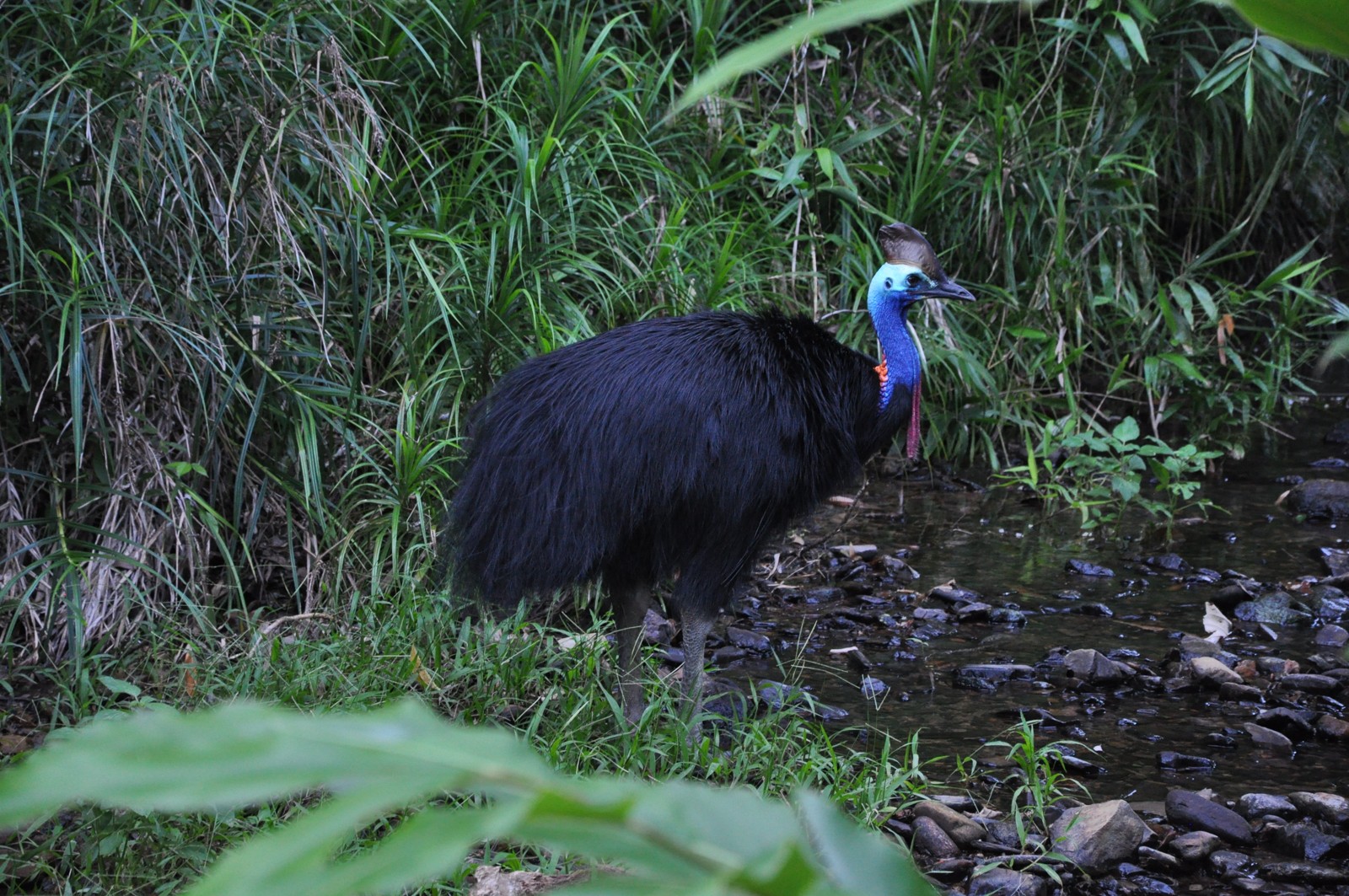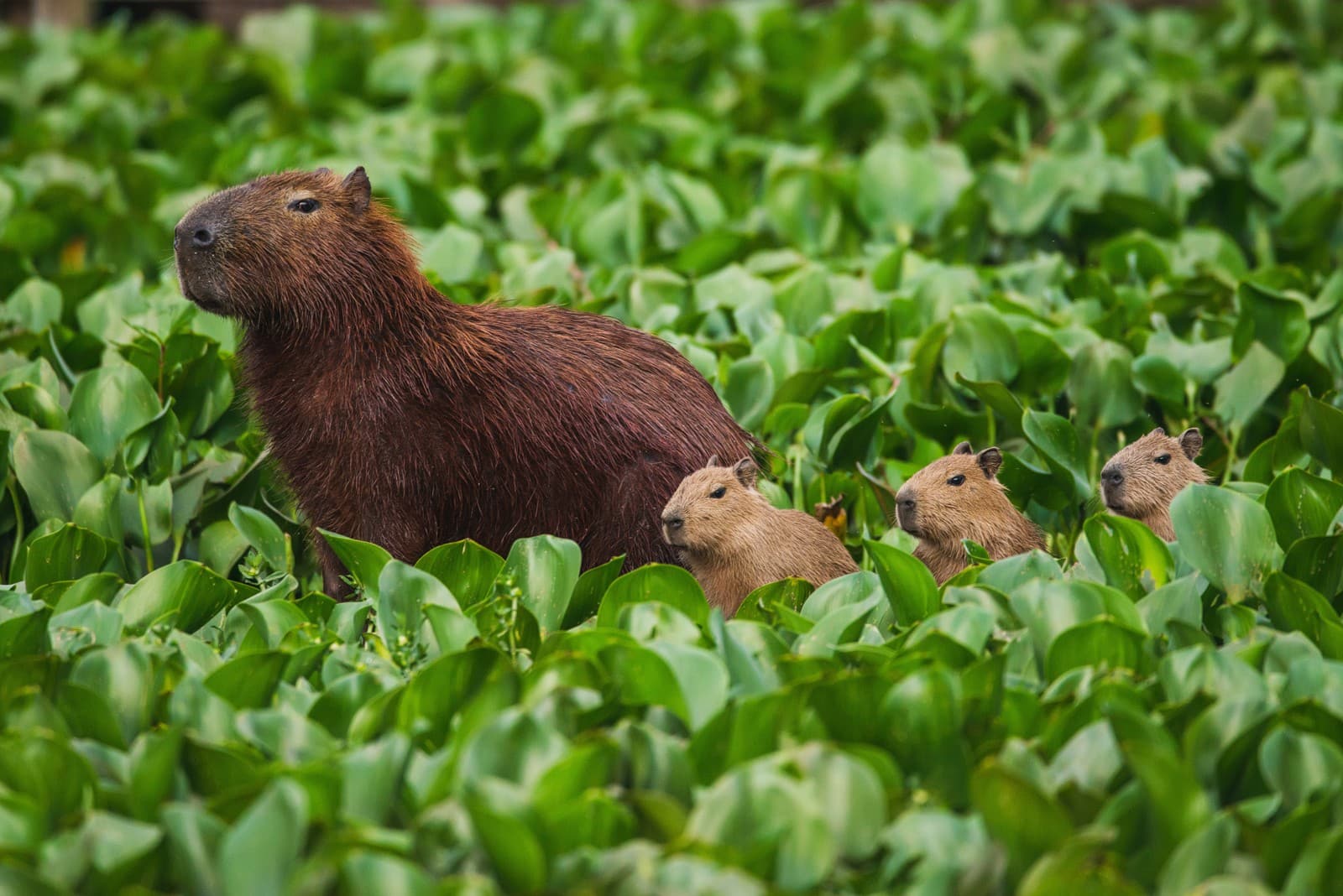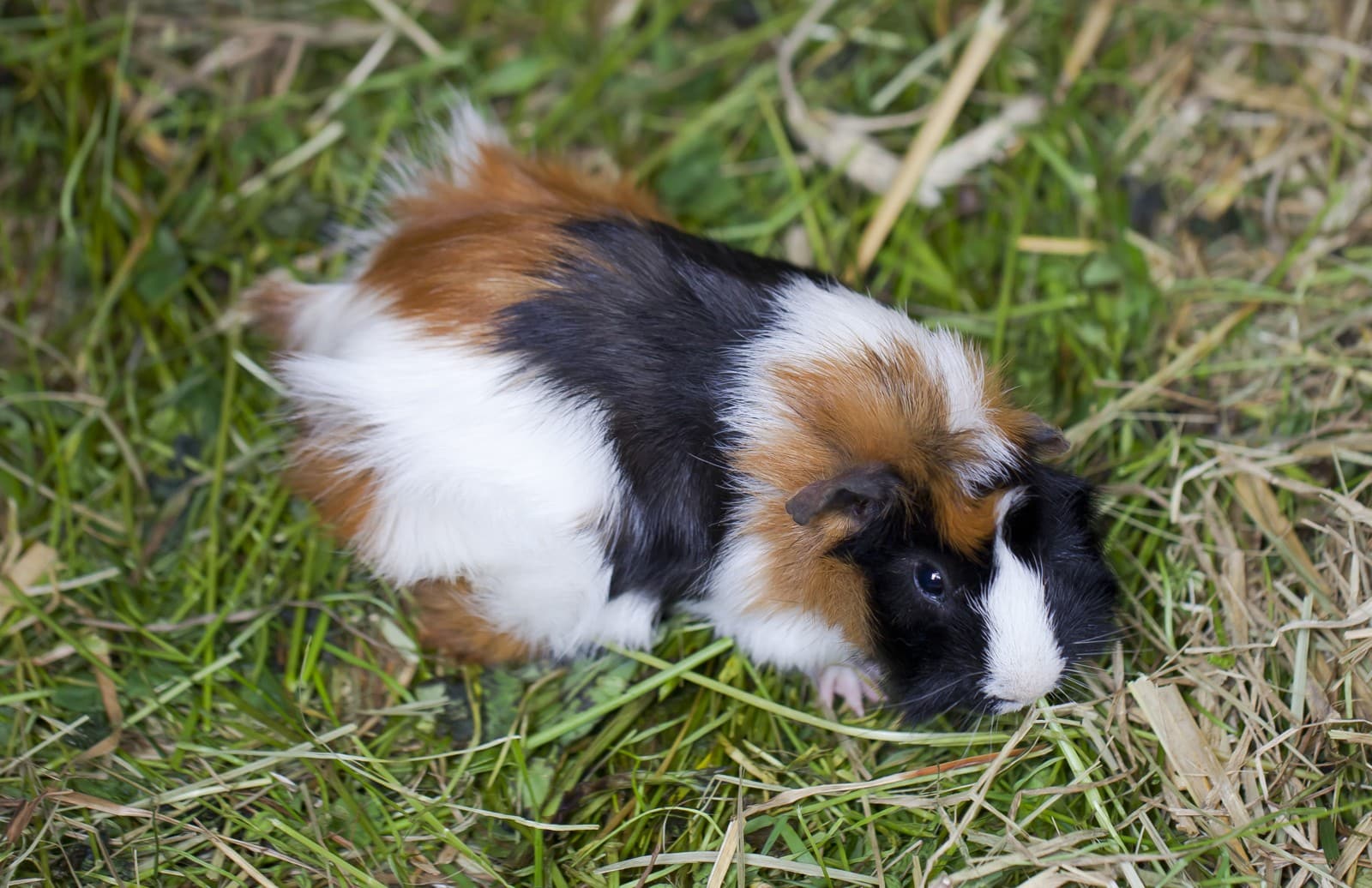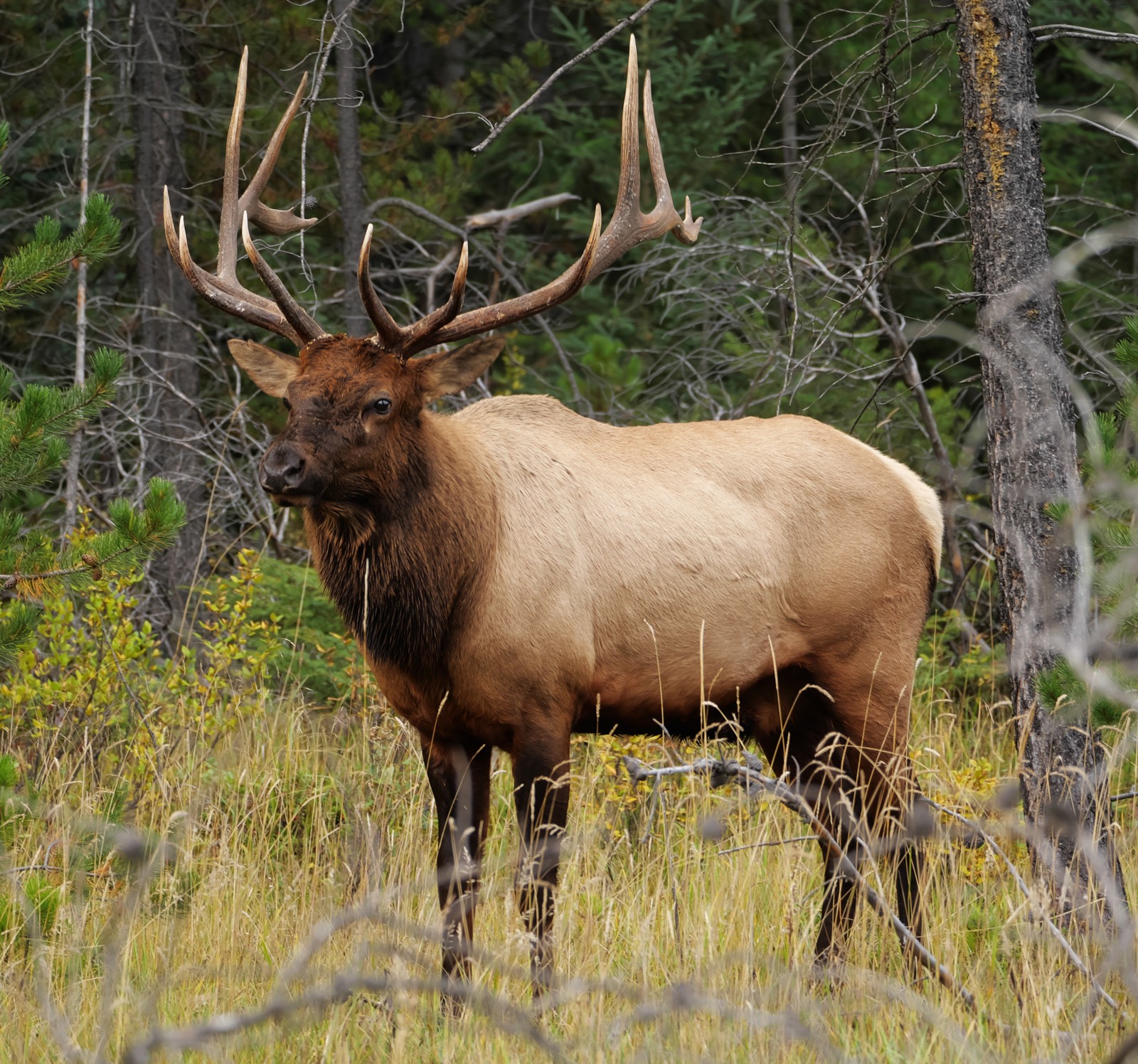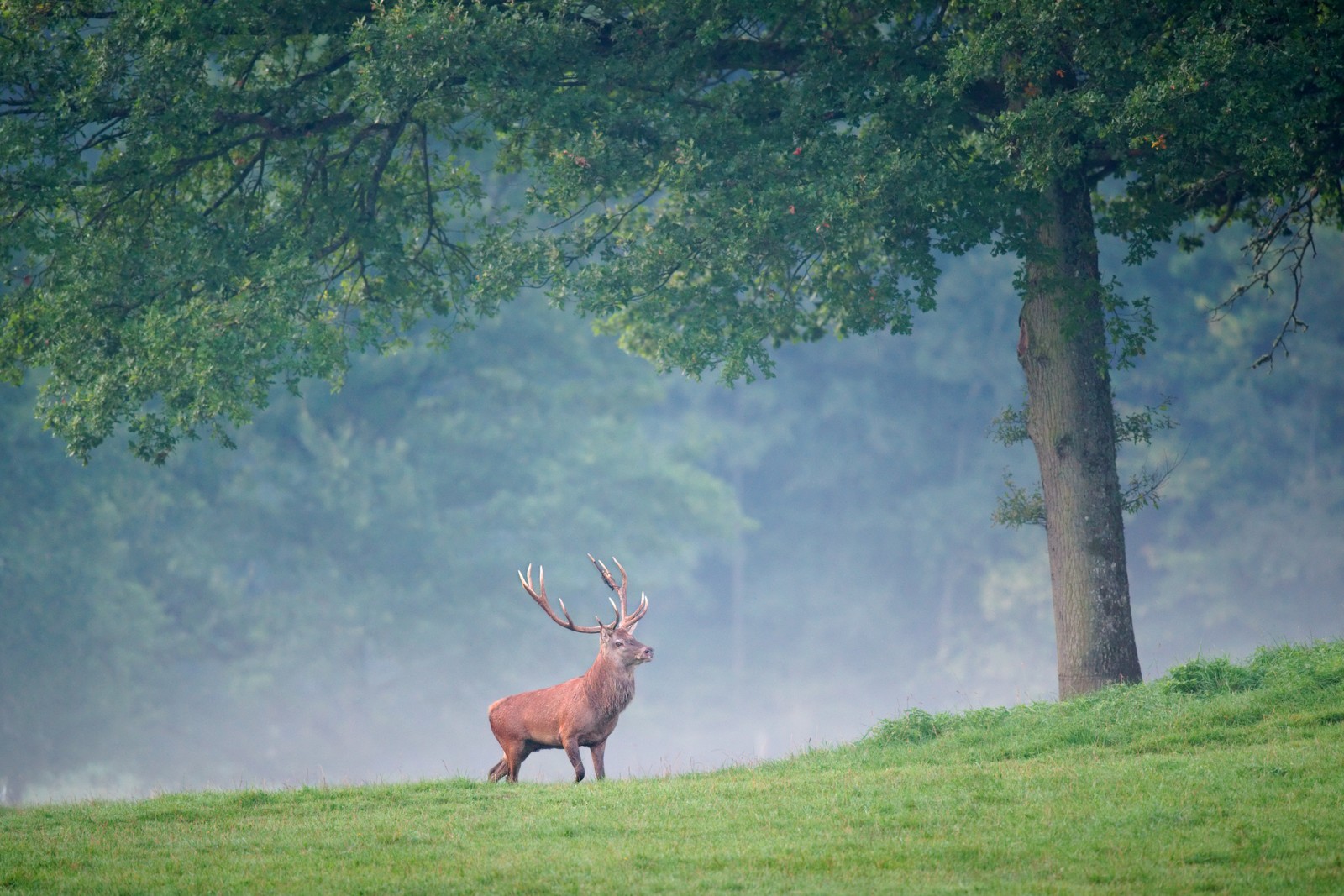Marmot vs Woodchuck: A Complete Comparison
The marmot vs woodchuck comparison often creates confusion, as both belong to the same genus (Marmota) but exhibit distinct characteristics and behaviors. While woodchucks (Marmota monax) are technically a species of marmot adapted to lowland living, other marmot species typically inhabit mountainous regions at elevations above 6,500 feet (1,981 meters).
These fascinating ground squirrels share common ancestry but have evolved to thrive in different ecological niches. Marmots generally weigh between 5-20 pounds (2.3-9.1 kg) depending on the species, while woodchucks typically range from 5-14 pounds (2.3-6.4 kg), with significant seasonal weight fluctuations in both groups.
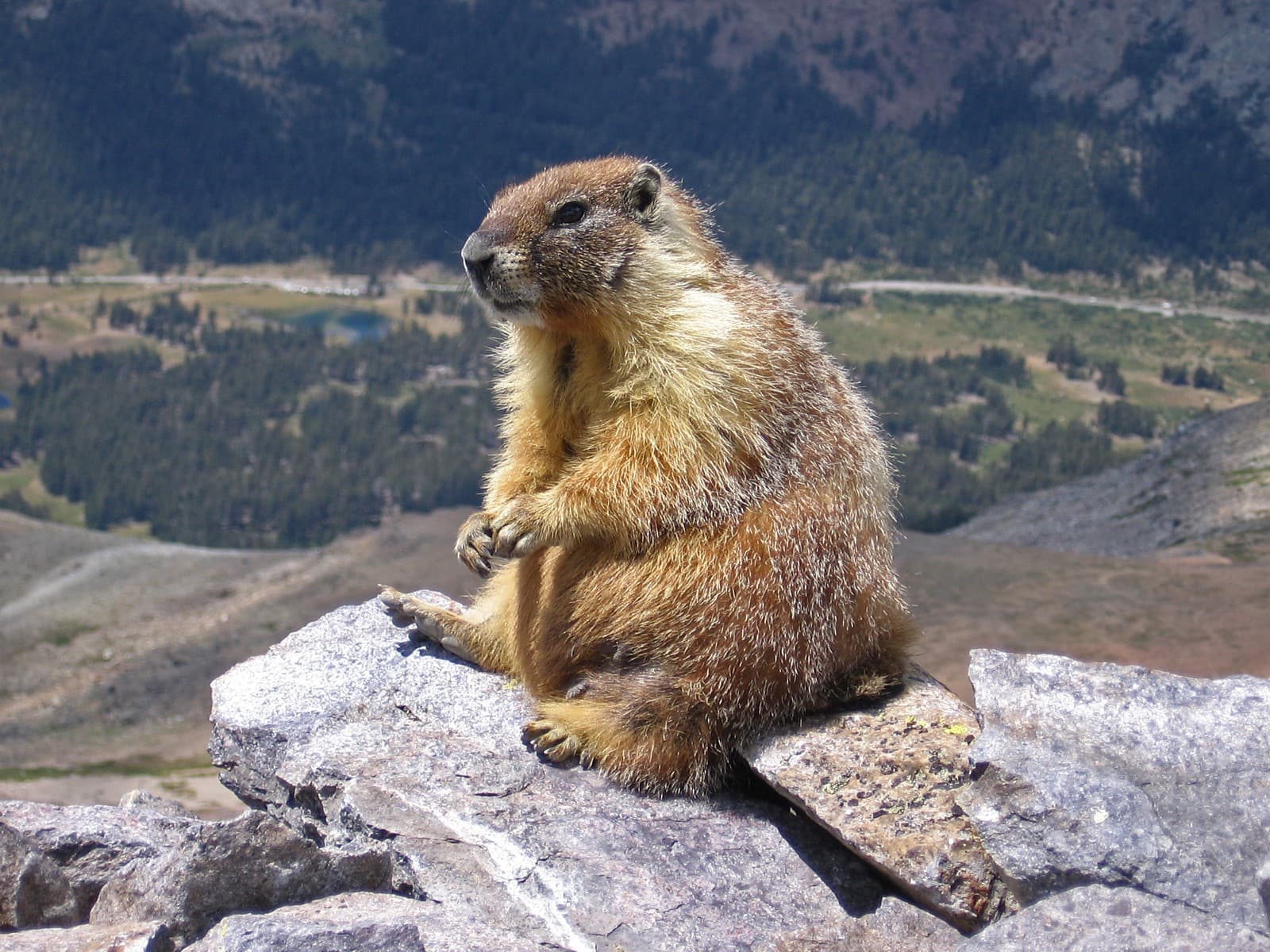
© Original: Inklein (talk · contribs) Derivative work: jjron (talk · contribs) / CC BY-SA 3.0
A yellow-bellied marmot demonstrates typical high-altitude adaptation, with its sturdy build and thick fur suited for mountain environments. Note the characteristic vigilant posture common among all marmot species.
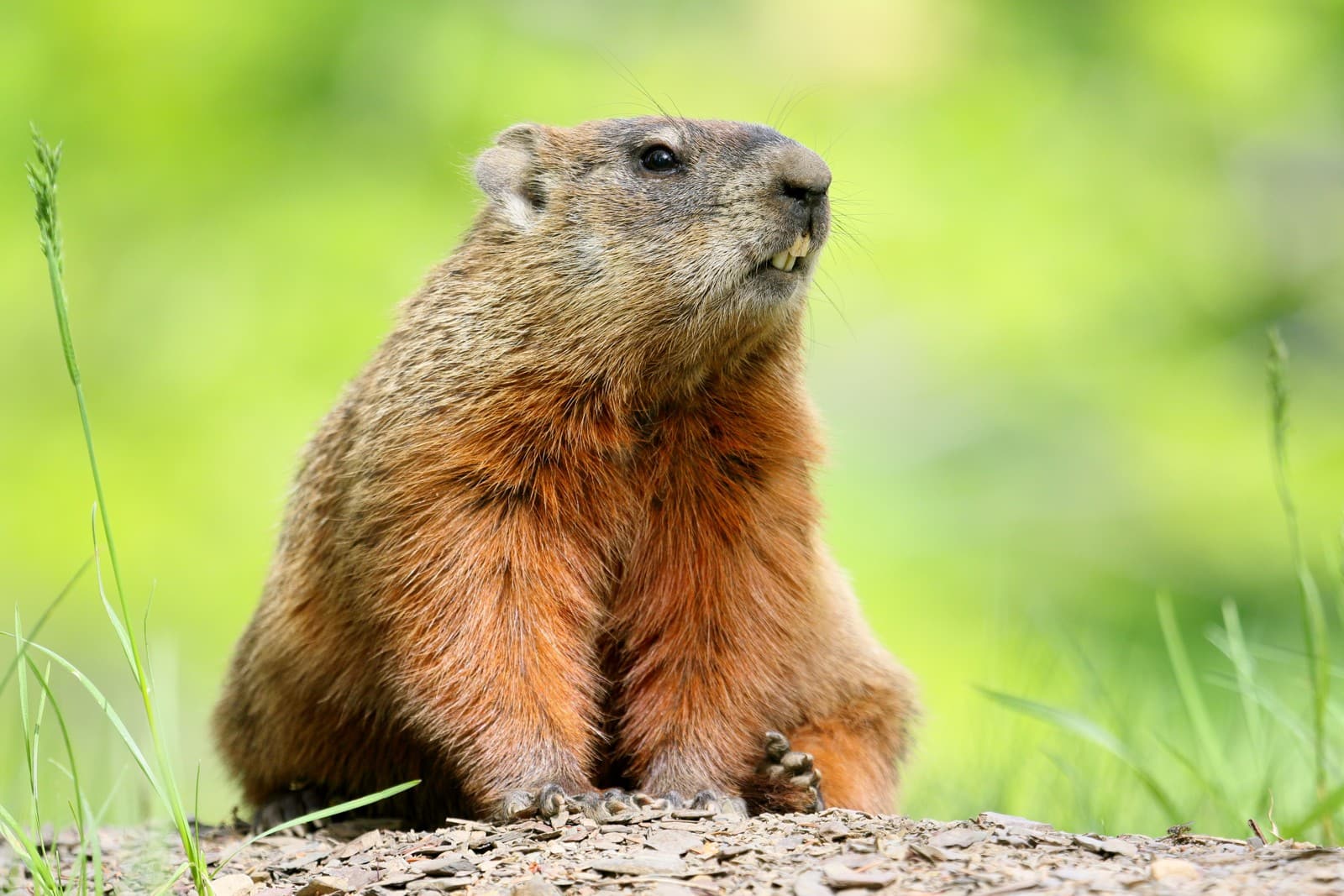
© Cephas / CC BY-SA 4.0
The woodchuck exhibits its characteristic lowland adaptation, with shorter, coarser fur and a more compact body designed for life in meadows and forest edges.
Key Differences: Marmot vs Woodchuck
| Feature | Marmot | Woodchuck |
|---|---|---|
| Habitat | Mountain regions above 6,500 ft (1,981 m) | Lowlands, meadows, forest edges |
| Size | 5-20 lbs (2.3-9.1 kg) | 5-14 lbs (2.3-6.4 kg) |
| Social Behavior | Often colonial | Typically solitary |
| Fur Type | Longer, denser fur with varied coloration | Shorter, coarser brownish fur |
| Diet | Alpine vegetation, flowers, seeds | Grasses, crops, garden vegetables |
| Hibernation Period | 7-8 months | 3-4 months |
Habitat and Distribution
Marmots are predominantly mountain-dwelling creatures, with species like the yellow-bellied marmot and hoary marmot inhabiting rocky slopes and alpine meadows. These environments typically feature thin air, extreme temperature variations, and sparse vegetation, requiring specific adaptations for survival.
Woodchucks, conversely, thrive in lowland areas across North America, from sea level up to around 2,000 feet (610 meters). They prefer open woodlands, meadows, and even suburban areas, demonstrating remarkable adaptability to human-modified landscapes.
Behavioral Differences
Social Structure
Most marmot species display complex social behaviors, living in colonies with established hierarchies and cooperative warning systems. Alpine marmots, for example, share burrows and participate in group vigilance against predators.
Woodchucks typically maintain a more solitary lifestyle, only coming together during breeding season. Each adult maintains its own burrow system and territory, though these may overlap in areas with abundant resources.
Hibernation Patterns
The duration and timing of hibernation differ significantly between marmots and woodchucks:
- Marmots: 7-8 months of deep hibernation
- Woodchucks: 3-4 months of lighter hibernation
Physical Adaptations
Mountain vs Lowland Features
Mountain-dwelling marmots possess several distinctive adaptations:
- Thicker, more insulating fur
- Larger body size in many species
- More developed social behaviors
- Enhanced cold tolerance
Woodchucks show adaptations for warmer climates:
- Shorter, coarser fur
- More efficient cooling mechanisms
- Greater tolerance for human proximity
- Enhanced digging capabilities
Who Would Win in a Confrontation?
While direct confrontations are rare in nature, physical capabilities differ between these relatives:
- Size Advantage: Larger marmot species would have the upper hand
- Fighting Experience: Woodchucks engage in more territorial disputes
- Defensive Capabilities: Both equally matched
- Agility: Woodchucks slightly more agile in flat terrain
The outcome would likely depend on the specific marmot species involved, with larger alpine species having an advantage over woodchucks in most scenarios.
Conservation Status
Both marmots and woodchucks face various challenges in the modern world:
- Habitat loss affects mountain marmots more severely
- Woodchucks adapt better to human presence
- Climate change threatens high-altitude marmot species
- Agricultural conflicts primarily impact woodchuck populations
Understanding these differences helps inform conservation efforts and human-wildlife conflict resolution strategies for both species.
